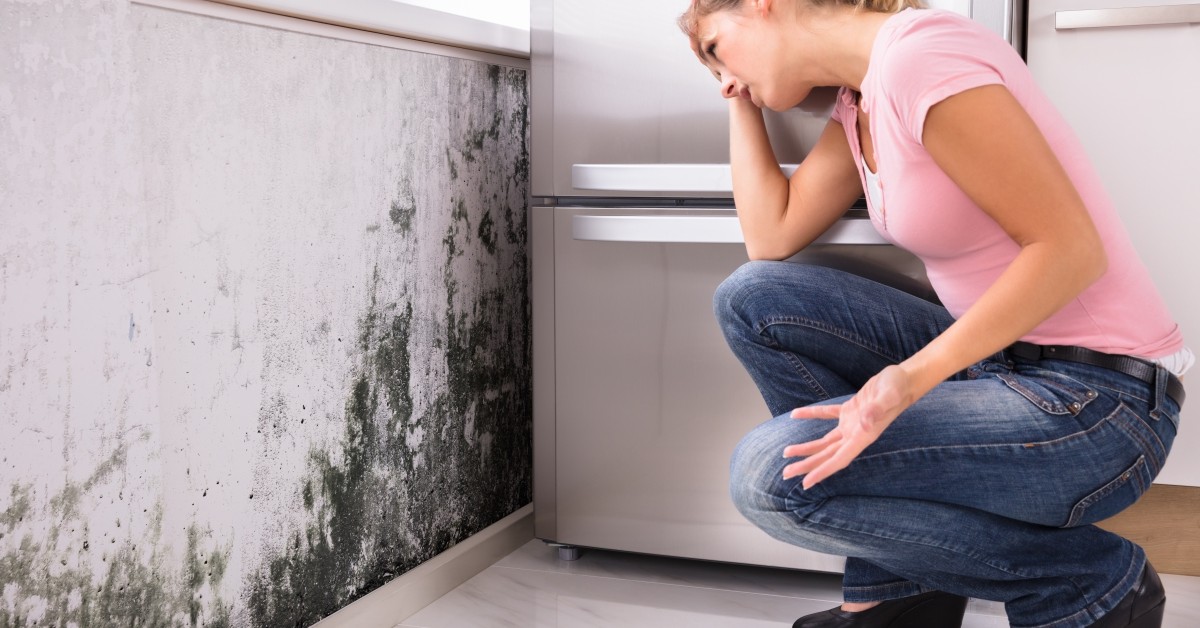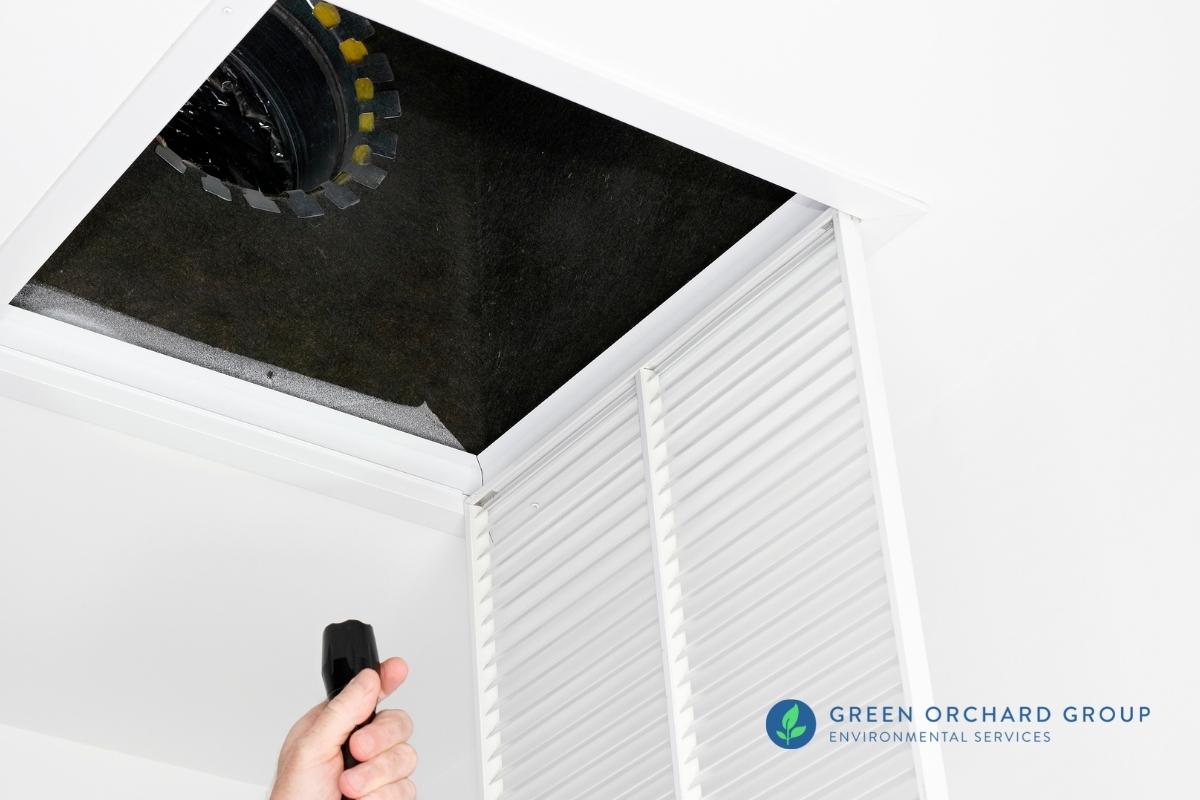After Mold Remediation Techniques for Tidy Rooms
After Mold Remediation Techniques for Tidy Rooms
Blog Article
Specialist Tips for Message Mold Remediation Success
In the world of mold and mildew remediation, successfully eliminating mold is just half the fight; the true challenge exists in avoiding its reappearance. By adhering to professional suggestions and ideal methods, individuals can guard their rooms versus mold renewal and preserve a healthy and balanced indoor environment.
Display Humidity Degrees Consistently
After completing mold and mildew removal treatments, maintaining ideal moisture degrees is essential to stop mold and mildew re-growth and ensure a healthy interior atmosphere. High humidity levels over 60% develop a conducive atmosphere for mold and mildew to grow, making normal keeping track of a positive procedure to protect against any kind of future mold and mildew issues.
Utilizing hygrometers or wetness meters can help in precisely determining moisture levels in different areas of the home. These tools supply real-time information that makes it possible for remediation professionals to make informed choices regarding ventilation, dehumidification, and other needed actions to preserve suitable moisture levels post-remediation. Additionally, developing a regular timetable for humidity checks, especially in high-risk areas such as cooking areas, bathrooms, and basements, is a proactive approach to mold and mildew prevention. By consistently keeping an eye on humidity degrees, residential or commercial property proprietors can properly alleviate the risk of mold and mildew reoccurrence and preserve a healthy interior environment post-remediation.
Conduct Thorough Inspections Post-Remediation
Following the completion of mold removal procedures, it is necessary to conduct comprehensive examinations to verify the efficiency of the removal procedure. These post-remediation inspections are important in making certain that the mold issue has been effectively attended to which there is no reappearance or remaining mold growth. Evaluations must be executed by certified professionals who have competence in recognizing mold and evaluating interior air top quality.
Throughout these inspections, different methods such as visual evaluations, air sampling, and surface sampling may be employed to completely review the remediated locations. Aesthetic evaluations include an in-depth assessment of the properties to look for any type of visible signs of mold development or water damages. Air sampling helps in identifying the airborne mold and mildew spore degrees, while surface sampling can spot mold particles on surface areas.
Implement Correct Air Flow Strategies
After ensuring the efficiency of the mold and mildew removal process through extensive evaluations, the next critical step is to focus on executing correct air flow strategies. Appropriate air flow is important in protecting against mold reoccurrence by controlling moisture degrees and advertising air flow.
Correct air flow not only help in avoiding mold development but additionally contributes to the general wellness and convenience of residents. By ensuring sufficient ventilation throughout the residential property, you can reduce the danger of mold regrowth and create a healthier living environment.

Usage Mold-Resistant Materials for Repairs
To improve the long-lasting effectiveness of mold and mildew remediation initiatives, incorporating mold-resistant products for repair services is important in alleviating the risk of future mold and mildew growth. Mold-resistant products are designed to stand up to moisture and hinder mold growth, making them an important selection for areas susceptible to dampness and humidity. When fixing areas impacted by mold and mildew, utilizing products such as mold-resistant drywall, mold-resistant paints, and mold-resistant caulking can assist protect against mold reappearance.
Mold-resistant drywall is a superb option to traditional drywall in areas like washrooms Visit Website and basements where wetness degrees are higher. This sort of drywall has an unique layer that resists mold growth also when subjected to damp problems. In addition, making use of mold-resistant paints containing antimicrobial agents can further inhibit mold development on ceilings and wall surfaces.
In areas where dampness is usual, such as washrooms and cooking areas, making use of mold-resistant caulking around sinks, bathtubs, and windows can help seal out water and protect against mold and mildew from holding in cracks and crevices. By spending in these mold-resistant products throughout repairs post-remediation, you can significantly minimize the probability of future mold and mildew issues and maintain a healthier interior atmosphere.
Maintain Cleanliness and Address Water Issues
After mold remediation, it is crucial to keep a clean atmosphere to prevent the regrowth of mold. Leaks, water intrusion, or high humidity degrees can develop the excellent breeding ground for mold, so it is necessary to fix any water-related problems right away.
To keep sanitation, take into consideration making use of HEPA filters in vacuum cleaners and air cleansers to catch mold spores and prevent their circulation in the air. Moreover, guaranteeing appropriate ventilation my latest blog post in areas susceptible to moisture accumulation, such as kitchen areas and shower rooms, can assist maintain humidity levels in check. By staying watchful about sanitation and resolving water problems quickly, you can effectively protect against mold and mildew reinfestation and maintain a healthy and balanced interior environment.
Verdict

In the world of mold and mildew remediation, effectively getting rid of mold is only half the battle; the true difficulty lies in avoiding its reappearance. After finishing mold and mildew removal treatments, maintaining optimal humidity levels is essential to stop mold and mildew re-growth and make certain a healthy indoor environment. High humidity levels above 60% create a conducive environment for mold and mildew to thrive, making regular keeping track of a positive procedure to stop any type of future mold problems.
To improve the long-lasting efficiency of mold remediation efforts, incorporating mold-resistant materials for repairs is essential in reducing the risk of future mold and mildew development. After mold and mildew remediation, it is essential to maintain a tidy setting to stop the try these out regrowth of mold.
Report this page